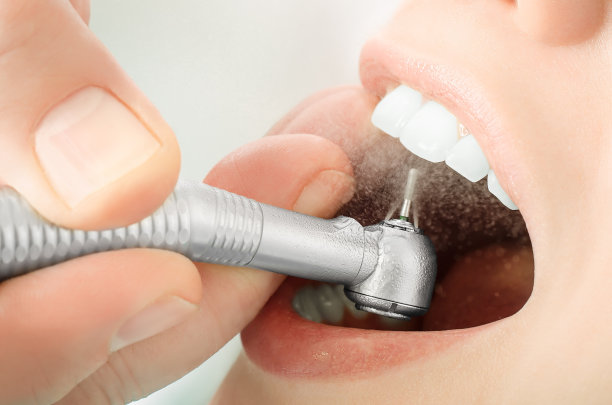The Importance of Proper Techniques in Extracting a Tooth for Optimal Dental Health and Patient Comfort
Summary: Extracting a tooth is a delicate procedure that requires not only skilled hands but also an understanding of the specific techniques that optimize both dental health and patient comfort. In this article, we delve into the importance of proper techniques in tooth extraction, examining key factors including patient assessment, anesthesia management, procedural technique, and post-operative care. Each of these aspects plays a critical role in ensuring a successful extraction, minimizing discomfort, and promoting faster recovery. By adhering to these best practices, dental professionals can enhance patient experiences while safeguarding their overall dental health.
1. Significance of Patient Assessment

Effective tooth extraction begins with a comprehensive patient assessment. Dentists must evaluate the patients medical history, dental health, and any specific concerns they may have. Understanding underlying conditions, such as cardiovascular issues or diabetes, can guide treatment decisions and prevent complications during the extraction process.
Additionally, a thorough examination of the affected tooth and surrounding structures is essential. Radiographs provide valuable insights into the tooths root structure and its relationship with adjacent teeth and nerves. Such imaging aids in planning the extraction technique, which can drastically affect the outcome and the patients comfort.
Open communication between the dentist and the patient is crucial. Discussing the procedure, possible risks, and expected recovery can help alleviate patient anxiety and foster a more conducive environment for treatment. By taking the time to assess the patient adequately, dental professionals set the foundation for a successful extraction.
2. Effective Anesthesia Management Techniques
Anesthesia management is a pivotal aspect of ensuring patient comfort during tooth extraction. The correct administration of local anesthetics can significantly reduce pain perception and anxiety, making the procedure more tolerable. Dentists must accurately determine the correct dosage based on individual patient factors, such as weight and tolerance.
Moreover, understanding the patients comfort levels is essential for optimal anesthesia management. Some patients may require additional sedation options, like nitrous oxide or oral sedatives, to achieve a relaxed state. The choice of sedation should be tailored to the individuals needs and preferences while keeping safety as a top priority.
Post-anesthesia care also requires attention. Patients should be monitored until the effects of the anesthesia wear off completely. Educating patients on what to expect during recovery ensures they know how to manage any residual discomfort and safely navigate the post-operative phase.
3. Precise Procedural Techniques for Extraction
Employing precise procedural techniques during tooth extraction can directly impact both dental health and comfort. The choice between simple extraction and surgical extraction is significant and must be guided by the complexity of the case. For simple cases, using the proper instruments and angles ensures minimally invasive extraction, reducing trauma to surrounding tissues.
When dealing with impacted or broken teeth, surgical techniques become essential. Dentists must possess expertise in flap design and bone removal to ensure efficient removal of the tooth without damaging adjacent structures. This precision not only affects the immediate comfort of the procedure but also influences the healing process significantly.
A clean and sterile environment is critical for reducing the risk of infection and ensuring optimal outcomes. Using aseptic techniques during the procedure demonstrates best practices in dental care, further enhancing patient trust and overall satisfaction.
4. Importance of Post-Operative Care
Post-operative care is essential for successful tooth extraction recovery. Dentists should provide clear instructions regarding pain management, dietary restrictions, and signs of potential complications. By informing patients about what to expect during the healing process, anxiety can be alleviated, promoting a smoother recovery.
Follow-up appointments are equally important, allowing the dentist to monitor healing and address any complications early on. Timely interventions can prevent further issues and promote better long-term dental health.
Furthermore, emphasizing the significance of good oral hygiene post-extraction will help patients maintain their oral health and prevent infections. Proper education regarding brushing, rinsing, and diet can go a long way in enhancing overall healing and comfort.
Summary:
In conclusion, the importance of proper techniques in tooth extraction cannot be overstated. From thorough patient assessments to effective anesthesia management, precise procedural techniques, and diligent post-operative care, each aspect plays a vital role in ensuring optimal dental health and patient comfort. By upholding these standards, dental professionals not only improve patient experiences but also contribute to better overall healthcare outcomes.
This article is compiled by Vickong Dental and the content is for reference only


